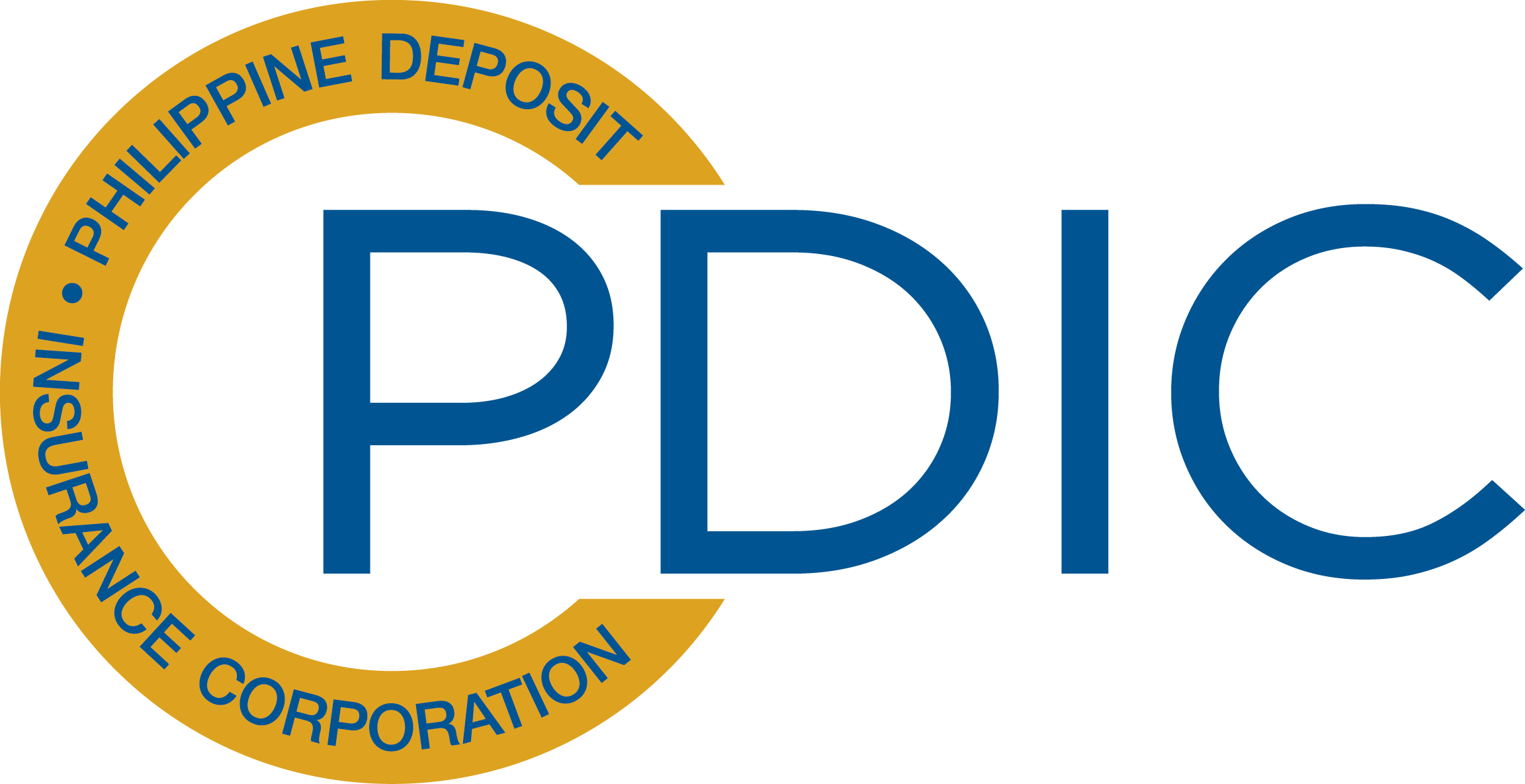| ARCHIVE |
PDIC Pushes for Bridge Banking as Additional Liquidation Mode for Closed Banks |
The Philippine Deposit Insurance Corporation (PDIC) is introducing bridge banking as an additional liquidation mode for closed banks in its proposed amendments to the Charter of the Bangko Sentral ng Pilipinas (BSP). PDIC, as statutory receiver and liquidator of closed banks, is authorized to undertake various modes such as purchase of assets, assumption of liabilities and sale to liquidate closed banks. A bridge bank refers to a temporary bank established and operated to acquire assets and assume liabilities of a failed bank to facilitate its resolution. The bridge bank will be authorized to purchase assets, assume deposits and other liabilities and perform banking functions. PDIC President Jose C. Nograles said that a bridge bank as a liquidation method will pave the way for an orderly liquidation of the remaining assets of closed banks. It will also ensure that there will be no disruption in banking services hence, maintain depositor confidence. The PDIC President stressed that bridge bank is a less costly alternative for the PDIC Deposit Insurance Fund (DIF) than payout. The DIF is the source of funds for payout operations when banks close. “The bridge bank like the other options that will be available to us under our proposed seamless transition from closure to liquidation (in the BSP Charter) like the purchase of assets and assumption of liabilities or outright liquidation will be applied on a case to case basis depending on the circumstance”, Nograles said. Bridge banking is practiced in matured deposit insurance systems such as in the United States, Japan, Taiwan and Korea. These countries have proven that bridge banking is a less costly resolution than to undertake outright payout of deposit insurance and liquidation. Many proponents of the bridge bank structure believe that the bridge bank structure will remain an integral part of large bank failures in the future. Under the proposed model patterned after the US’ Federal Deposit Insurance Corporation (FDIC), PDIC will be granted authority to incorporate a bridge bank either as a subsidiary or a corporation. The bridge bank will be activated when a bank fails through a grant of temporary bridge bank license by the BSP. The bridge bank then assumes the good assets and insured deposits of the failed bank from the Receiver. In turn, the Receiver has the responsibility to take on the bad assets and uninsured deposits of the failed bank to undergo the normal liquidation process. The bridge bank will operate for not more than 2 years following the date it was granted a banking license, extendible for another year only to conclude pending negotiations for the sale, merger or acquisition of the bridge bank. Otherwise, the bridge bank will also be liquidated. The bridge bank concept originated from the US with the enactment of the Competitive Equality of Banks Act of 1987. The United States, through the Federal Deposit Insurance Corporation (FDIC), was the first to establish a bridge bank in 1987 and until 1994, has created 32 bridge banks to resolve 114 failed banks with estimated total assets of about billion. FDIC operates a bridge bank for a period of three years. Beginning in 1987, the bridge bank structure became an important part of the FDIC’s bank resolution process for large banks with complex financial structures in danger of failing. As in the FDIC, Nograles said that the bridge bank authority will provide PDIC time to take control of the failed bank’s business, stabilize the situation, and determine an appropriate permanent resolution with respect to the failed bank. |
back |
This website uses information-gathering tools including cookies and other similar technology. Data generated are not shared with any other party. For more information, please refer to our privacy policy.
 PDIC is a government instrumentality created in 1963
PDIC is a government instrumentality created in 1963by virtue of Republic Act 3591, as amended, to insure
the deposits of all banks. PDIC exists to protect
depositors by providing deposit insurance coverage for the depositing public and help promote financial stability. PDIC is an attached agency of the Bangko Sentral ng Pilipinas.

Questions? Need Help?
Click Frequently Asked Questions
Trunkline.: (632) 8841-4000
Hotline: (632) 8841-4141
(for Metro Manila clients)
Fax No.: (632) 8841-4085
Email: pad@pdic.gov.ph
Client outside Metro Manila may call
Toll Free: 1-800-1-888-7342 or
1-800-1-888-PDIC

.png?Thursday; May 16, 2024)

Hotline: (632) 8841-4141
(for Metro Manila clients)
Fax No.: (632) 8841-4085
Email: pad@pdic.gov.ph
Client outside Metro Manila may call
Toll Free: 1-800-1-888-7342 or
1-800-1-888-PDIC

.jpeg)
.png)


